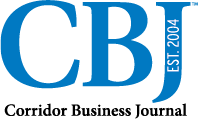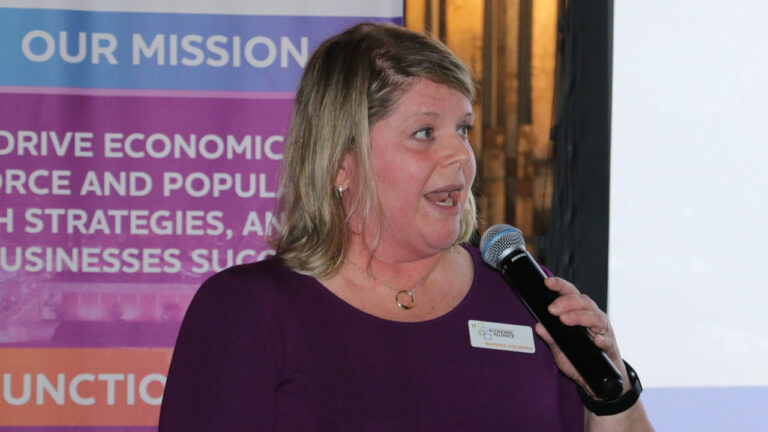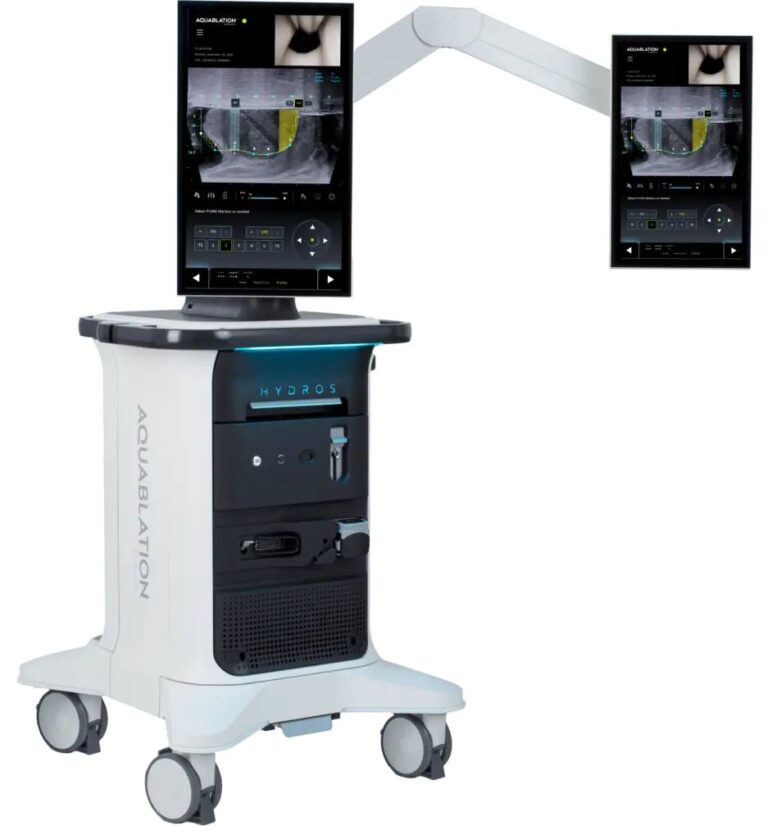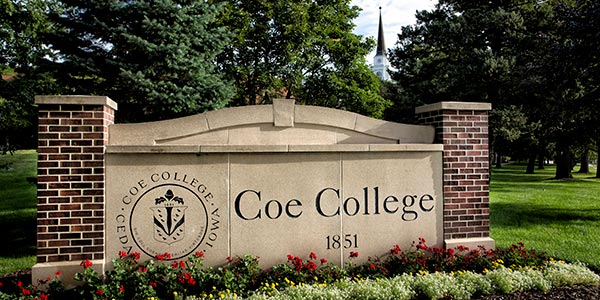The National Federation of Independent Business (NFIB) Small Business Optimism Index rose three points in May to 98.8, surpassing the 51-year average of 98, according to the organization’s latest monthly report. Improvements in expected business conditions and sales expectations were the largest contributors to the increase.
Despite the uptick in optimism, the NFIB Uncertainty Index also climbed by two points to 94, reflecting ongoing concerns among small business owners. Taxes were cited as the most pressing issue by 18% of respondents, up two points from April and the highest level since December 2020.
“Although optimism recovered slightly in May, uncertainty is still high among small business owners,” NFIB Chief Economist Bill Dunkelberg said in a statement. “While the economy will continue to stumble along until the major sources of uncertainty are resolved, owners reported more positive expectations on business conditions and sales growth.”
In Iowa, small business owners are facing additional headwinds, said Matt Everson, NFIB Iowa State Director.
“In Iowa, small business optimism has seen a positive shift, yet the struggle with workforce shortages, high energy costs, and uncertainty with potential federal tax hikes loom large,” Everson said. He urged lawmakers to prioritize stability and cost reductions for small businesses and called on Congress to make the Small Business Deduction permanent.
Other findings from the May report include:
-
A net 1% of owners considered current inventory stocks “too low,” the highest reading since August 2022.
-
A net 25% of owners expect better business conditions, a 10-point jump from April.
-
A net 10% expect higher real sales volumes, up 11 points and the largest contributor to the overall optimism increase.
-
Twenty-two percent plan capital outlays in the next six months, the highest level this year.
-
The share of owners citing labor quality as their top issue declined to 16%, while inflation remained steady at 14%.
Hiring challenges persist, with 34% of owners reporting unfilled job openings and 86% of those hiring saying they received few or no qualified applicants. A net 12% plan to create new jobs in the next three months, down one point from April.
Compensation activity saw mixed results. A net 26% of owners reported raising compensation, down seven points, while 20% plan to do so in the next three months, up three points.
Capital outlays were reported by 56% of owners in the past six months, the lowest level this year. Among those investing, 40% spent on new equipment, 26% on vehicles, and 15% on facility improvements.
Sales remained a challenge, with a net negative 13% of owners reporting higher nominal sales over the past three months. Inventory levels showed little change, though 14% reported stock increases and 16% reported reductions.
On pricing, a net 31% of owners plan price hikes, up three points. The net percent of owners raising selling prices held steady at 25%.
Profit trends worsened in May, with a net negative 26% reporting positive profit trends, down five points. Among those with declining profits, 36% blamed weaker sales and 13% cited rising material costs.
Financing issues were also on the rise. Five percent named financing and interest rates as their top concern, up two points. One-quarter of owners reported borrowing regularly, and 7% said they paid a higher interest rate on their most recent loan.
Only 10% said it was a good time to expand, despite a one-point increase. Concerns over government regulations (9%), competition from large businesses (4%), and taxes (18%) rounded out the top challenges.
The NFIB has conducted its Small Business Economic Trends survey monthly since 1986, with the latest data collected in May 2025.








